การอนุรักษ์และการใช้ประโยชน์จากความหลากหลายทางชีวภาพอย่างยั่งยืนโดยชนเผ่าพื้นเมือง
เปิดตัวในช่วงครึ่งหลังของปี 2565 เส้นทางการเปลี่ยนแปลง (Transformative Pathways) เป็นความคิดริเริ่มร่วมที่นำโดยองค์กรชนเผ่าพื้นเมืองในสี่ประเทศทั่วเอเชีย แอฟริกา และละตินอเมริกา และได้รับการสนับสนุนจากเครือข่ายพันธมิตรระดับโลก
โครงการนี้สนับสนุนโดยตรงต่อการดำเนินการร่วมกันเพื่อให้เกิดการจัดการที่ดินและทรัพยากรด้วย การอนุรักษ์ความหลากหลายทางชีวภาพ และการดำรงชีพอย่างยั่งยืนด้วยตนเอง จะมีการพัฒนาร่วมกันเกี่ยวกับกรอบการติดตามตรวจสอบความหลากหลายทางชีวภาพของชุมชน เพื่อให้ชุมชนที่เกี่ยวข้องสามารถรวบรวม ใช้ และนำเสนอหลักฐาน และแสดงผลลัพธ์ของการปฎิบัติการของพวกเขา โครงการนี้ทำงานร่วมกับรัฐบาลและผู้มีบทบาทสำคัญอื่น ๆ เพื่อพัฒนากลไกที่จะนำมาซึ่งการมีส่วนร่วมอย่างเต็มที่และเท่าเทียมกันในนโยบายและการวางแผนเกี่ยวกับความหลากหลายทางชีวภาพระดับชาติ
เป้าหมายร่วมกันของเราคือการสนับสนุนการอนุรักษ์และการใช้ประโยชน์อย่างยั่งยืนของความหลากหลายทางชีวภาพให้ดีขึ้น โดยการตระหนัก สนับสนุน และขยายการดำเนินการและการมีส่วนร่วมของชนเผ่าพื้นเมือง โครงการนี้มีแผนดำเนินการเป็นระยะเวลา 6 ปี ตั้งแต่ปี 2565 ถึง 2571
เนื่องจากการดำเนินการนี้ได้รับการออกแบบอย่างรอบคอบเพื่อหนุนเสริมและสร้างความร่วมมือกับเครือข่ายที่กว้างขึ้น เราคาดว่าผลกระทบจากกิจกรรมของโครงการนั้นจะขยายกว้างออกไปเกินระยะเวลาการดำเนินการของโครงการและประเทศที่เกี่ยวข้อง
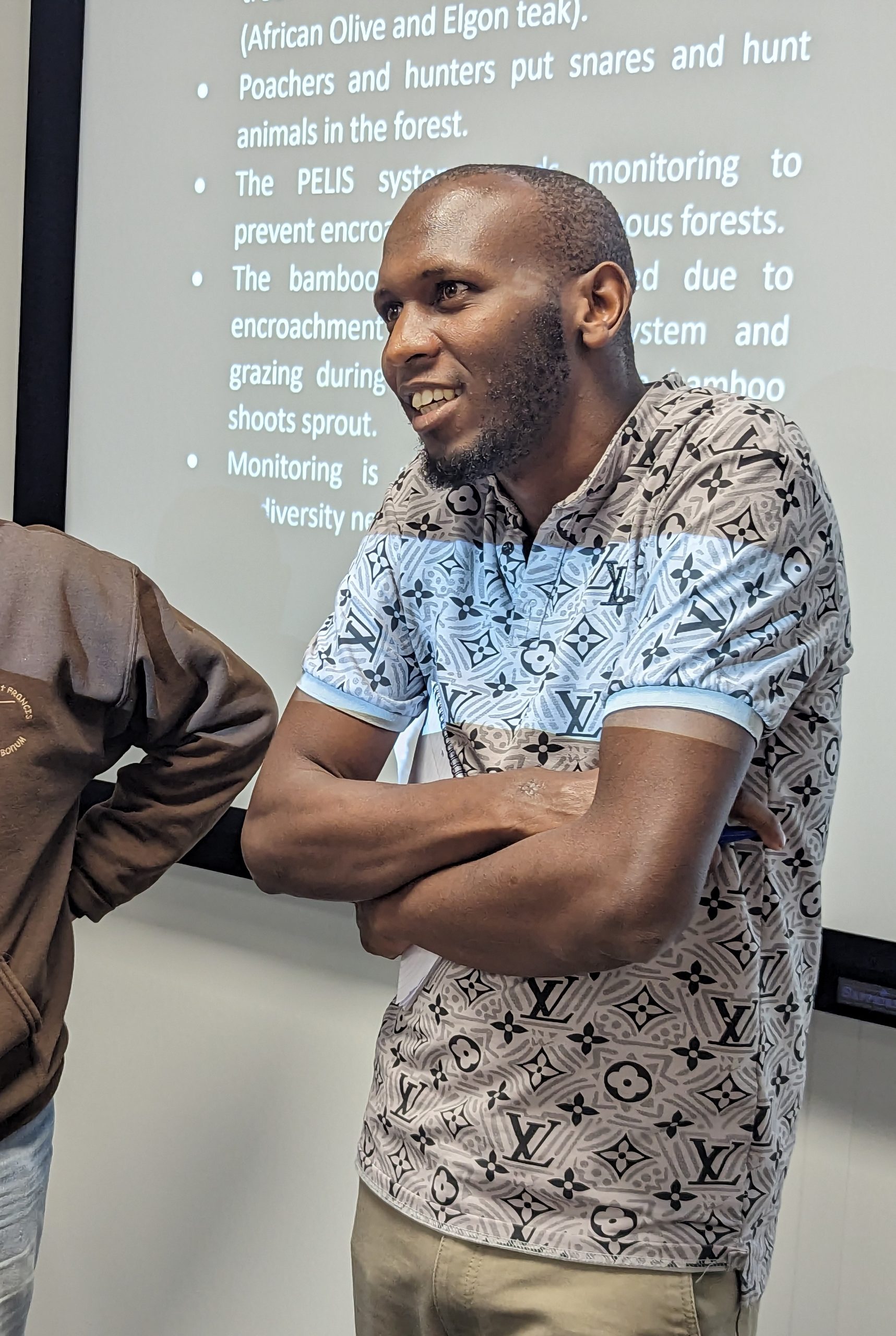
Elijah Kitelo (CIPDP, Kenya) at the University of Oxford delivering a workshop on biodiversity monitoring protocols, part of the Transformative Pathways project. Photo by Frances Jenner/FPP.
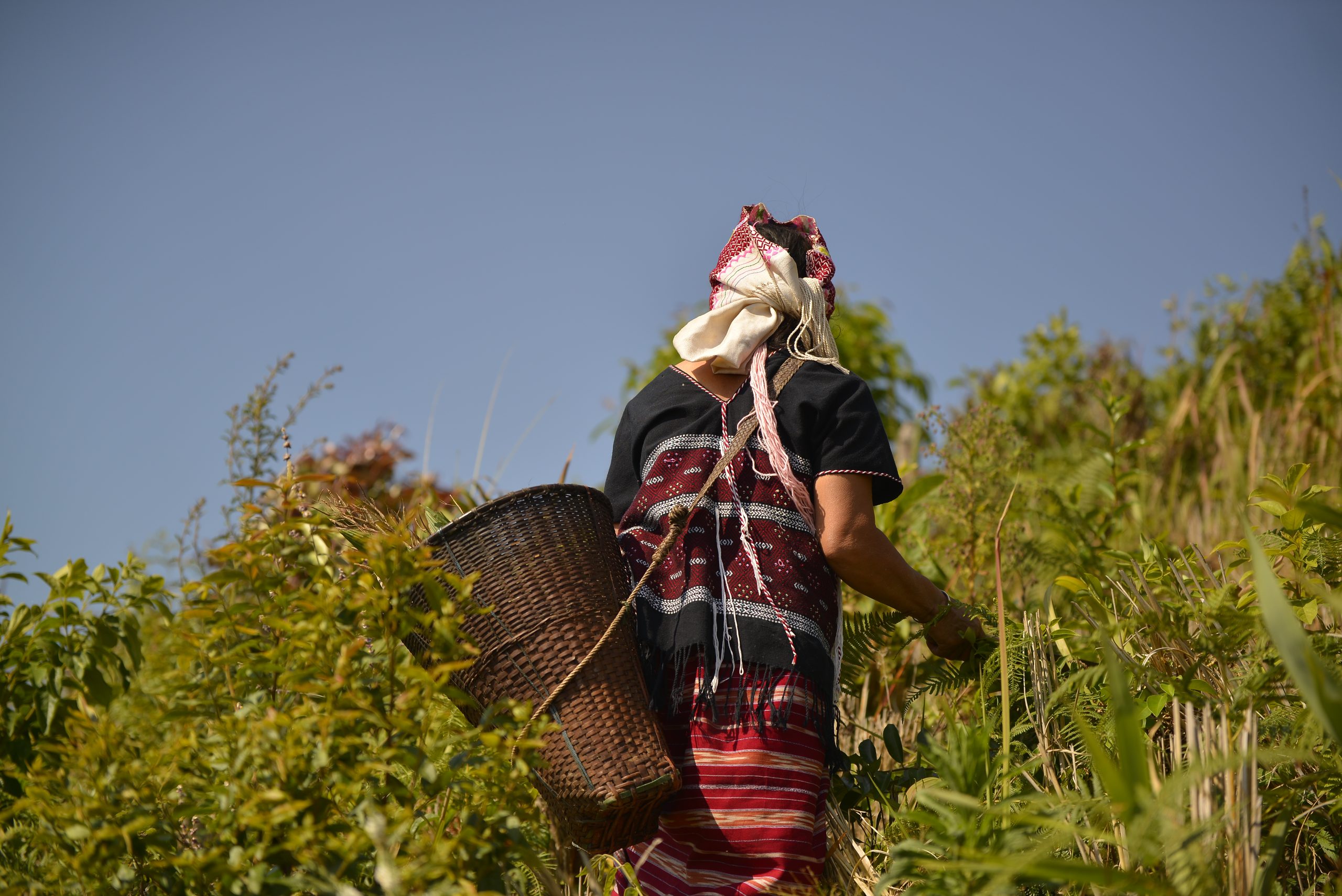
A Karen Indigenous Woman collects vegetables for her family members in the rotational farming field of Mae Yod village. Rotational farming is the cultural heritage of Karen Indigenous Peoples that not only ensures food security and well being of community members but also contributes to the conservation and enhancement of biodiversity. Mae Yod village is in Chiang Mai Province of Thailand. Photo by Lakpa Nuri Sherpa/Asia Indigenous Peoples Pact (AIPP).
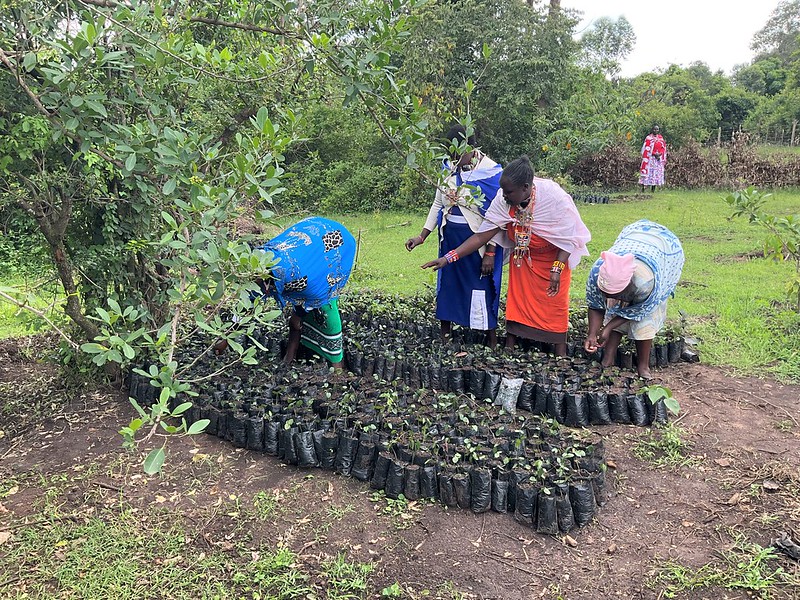
Maasai Indigenous women carrying out restoration activity by nurturing their tree nursery in Transmara. Photo by Indigenous Information Network (IIN)
ผลลัพธ์
โครงการนี้มีจุดมุ่งหมายเพื่อให้เกิดการยอมรับ สนับสนุน และขยายขอบเขตของการอนุรักษ์ความหลากหลายทางชีวภาพและการใช้ประโยชน์อย่างยั่งยืนโดยชนเผ่าพื้นเมืองและชุมชนท้องถิ่น โดย:
- การเสริมสร้างการปกครองที่ดินและทรัพยากรในระดับดินแดน
- ปรับปรุงสภาพเงื่อนไขที่สนับสนุนให้เกิดการรู้จักยอมรับภูมิปัญญาของชนเผ่าพื้นเมืองและท้องถิ่นในระดับประเทศ
- การจัดตั้งหรือเสริมสร้างความร่วมมือเพื่อการมีส่วนร่วมในการวางแผนและติดตามตรวจสอบความหลากหลายทางชีวภาพในระดับท้องถิ่น ระดับประเทศ และระดับโลก รวมถึงกระบวนการ/กลไกอนุสัญญาว่าด้วยความหลากหลายทางชีวภาพ(CBD)
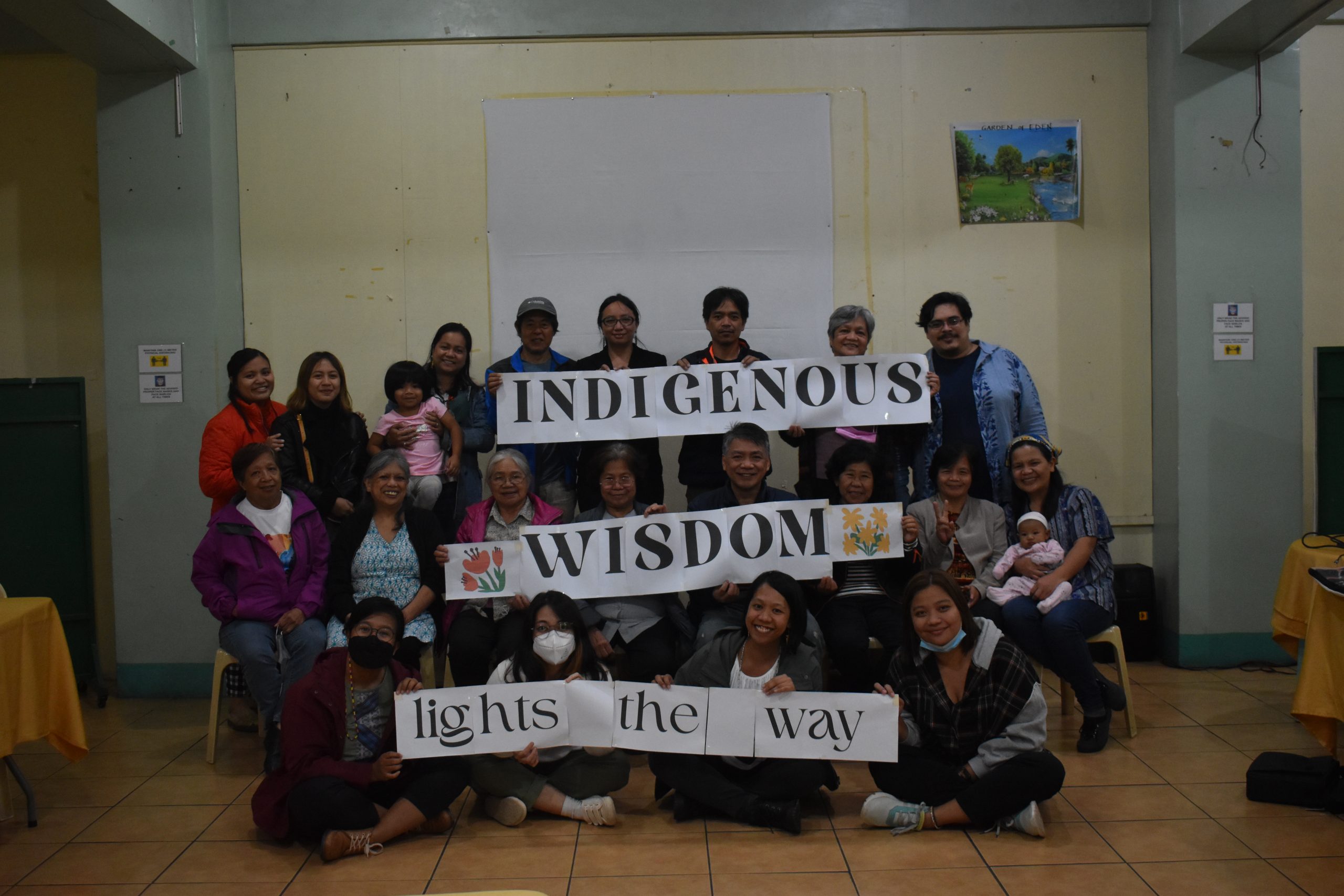
PIKP staff and partners hold up together a sign saying ‘Indigenous Wisdom Lights the Way’ after successfully completing the inception workshop for the Transformative Pathways project held in Baguio City, Philippines. Photo by PIKP
ประวัติความเป็นมา
ชนเผ่าพื้นเมืองและชุมชนท้องถิ่นทำการอนุรักษ์ความหลากหลายทางชีวภาพของโลกจำนวนมากผ่านการปฏิบัติตามขนบธรรมเนียมทางวัฒนธรรม โดยเฉพาะอย่างยิ่งเมื่อสิทธิในที่ดิน น้ำ ทรัพยากร และความรู้ดั้งเดิมของพวกเขาได้รับการยอมรับและเคารพ ดินแดนของพวกเขาครอบคลุมพื้นที่อย่างน้อยหนึ่งในสี่ของโลกและทับซ้อนกับพื้นที่ที่อุดมด้วยความหลากหลายทางชีวภาพเป็นอย่างมาก
อย่างไรก็ตาม การมีส่วนร่วมในปัจจุบันและศักยภาพของพวกเขาในการอนุรักษ์และการใช้ประโยชน์ความหลากหลายทางชีวภาพอย่างยั่งยืนไม่ได้รับการยอมรับหรือสนับสนุนอย่างเพียงพอ แม้ว่ามีความสำคัญต่อการปฏิบัติตามอนุสัญญาสหประชาชาติว่าด้วยความหลากหลายทางชีวภาพ (CBD) และในการทำให้ถึงเป้าหมายด้านความหลากหลายทางชีวภาพทั่วโลกและสภาพภูมิอากาศ
ในขณะเดียวกันนั้นก็มีศักยภาพมหาศาลที่จะขยายการสนับสนุนเหล่านี้และให้เข้าไปเป็นส่วนหนึ่งในกรอบงานความหลากหลายทางชีวภาพทั่วโลกหลังปี 2020
โครงการตระหนักดีถึงสิ่งนี้และทำงานร่วมกับเครือข่ายที่จัดตั้งขึ้นและเชื่อมโยงกับเครือข่ายองค์กรชนเผ่าพื้นเมืองและพันธมิตรเพื่อจัดการกับวิกฤตความหลากหลายทางชีวภาพอย่างมีประสิทธิภาพยิ่งขึ้น ทั้งในระดับท้องถิ่น ระดับอนุประเทศ ระดับประเทศ และระดับโลก โดยการทำงานร่วมกับรัฐบาลในประเทศเปรู เคนยา ฟิลิปปินส์ และไทย เราตระหนักดีว่าการเปลี่ยนแปลงที่ยั่งยืนนั้นจำเป็นต้องมีการพัฒนาเพิ่มเติมและให้มีการดำเนินการตามกฎหมายและนโยบายของประเทศ ตลอดจนการสนับสนุนจากกลไกสถาบันในทุกระดับ
โครงการนี้ทำงานร่วมกับพันธมิตรระดับประเทศและผู้ทำงานร่วมกันทั่วโลก โดยมีเป้าหมายเพื่อขับเคลื่อนอิทธิพลในนโยบายระดับโลก โครงการนี้ทำงานร่วมกับพันธมิตรระดับประเทศและผู้ทำงานร่วมกันทั่วโลก โดยมีเป้าหมายเพื่อขับเคลื่อนอิทธิพลในนโยบายระดับโลก มีการกำหนดเป้าหมายการติดตามและการรายงานภายใน UN CBD รวมทั้งการรายงานและการวิเคราะห์ภายในเวทีระหว่างรัฐบาลว่าด้วยนโยบายวิทยาศาสตร์ด้านความหลากหลายทางชีวภาพและบริการจากระบบนิเวศ (IPBES) โดยเฉพาะอย่างยิ่งเพื่อปลูกฝังการมีส่วนร่วมของชนเผ่าพื้นเมืองและชุมชนท้องถิ่นภายในกระบวนการเหล่านี้
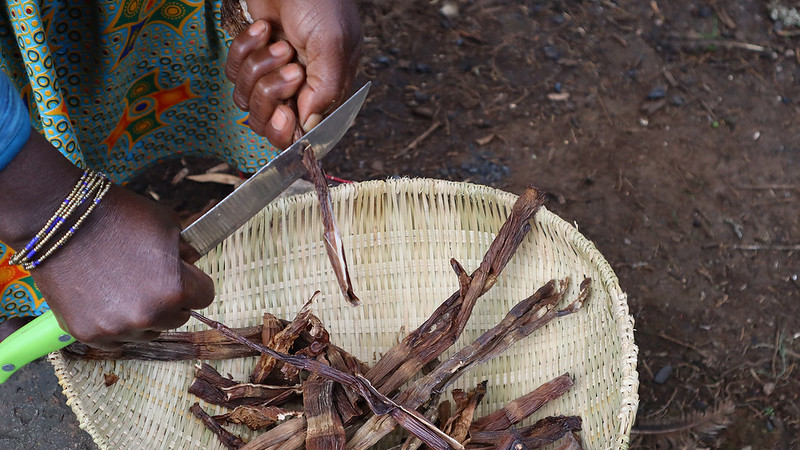
Preparation of bamboo shoots which are a source of food. Photo by Mutai/CIPDP
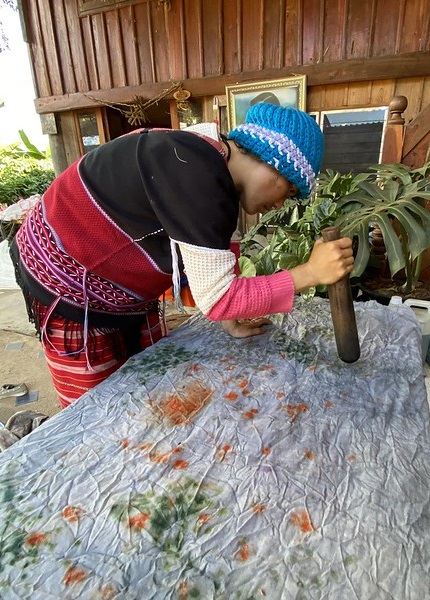
Discovering the art of natural dyeing in Huai E Kang. Photo by Sunaree/PASD.
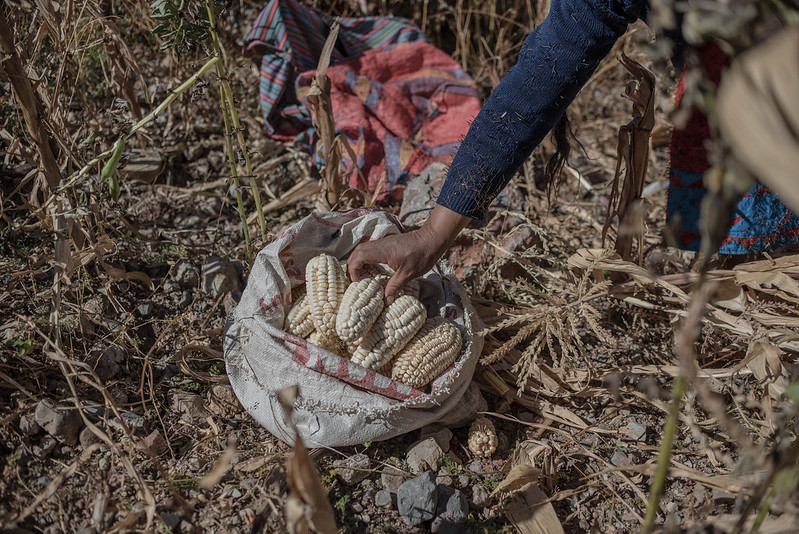
Maize harvest is packed in sacks for transport, drying and storage. Community of Hualla, Hualla district, Victor Fajardo province, Ayacucho region, Peru. Photo by Luisenrrique Becerra Velarde / CHIRAPAQ.
Related Projects
Local Biodiversity Outlooks documents the contributions of Indigenous Peoples and local communities to the global conservation and sustainable use of biodiversity, as a complementary report to CBD’s flagship publication, Global Biodiversity Outlook.
Whereas the Global Biodiversity Outlook focuses on the status and trends of biodiversity, the Local Biodiversity Outlooks highlights the role of indigenous peoples and local communities in conserving and protecting this biodiversity.
Local Biodiversity Outlooks is a joint publication by the International Indigenous Forum on Biodiversity (IIFB), International Women’s Biodiversity Network (IWBN), the Centres of Distinction on Indigenous and Local Knowledge (COD-ILK), Forest Peoples Programme (FPP) and the Secretariat of the CBD (SCBD).
Related Networks
The International Indigenous Forum on Biodiversity (IIFB) is a collection of representatives from indigenous governments, indigenous non-governmental organizations and indigenous scholars and activists that organize around the Convention on Biological Diversity (CBD) and other important international environmental meetings to help coordinate indigenous strategies at these meetings, provide advice to the government parties, and influence the interpretation of government obligations to recognize and respect indigenous rights to the knowledge and resources.
See other related networks:
“Only by recognizing the rights, knowledge, innovations, and values of Indigenous Peoples and Local Communities will we be able to push forward the global agenda to sustainably use and conserve biodiversity.”
Lakpa Nuri Sherpa, IIFB Co-Chair and programme lead at AIPP
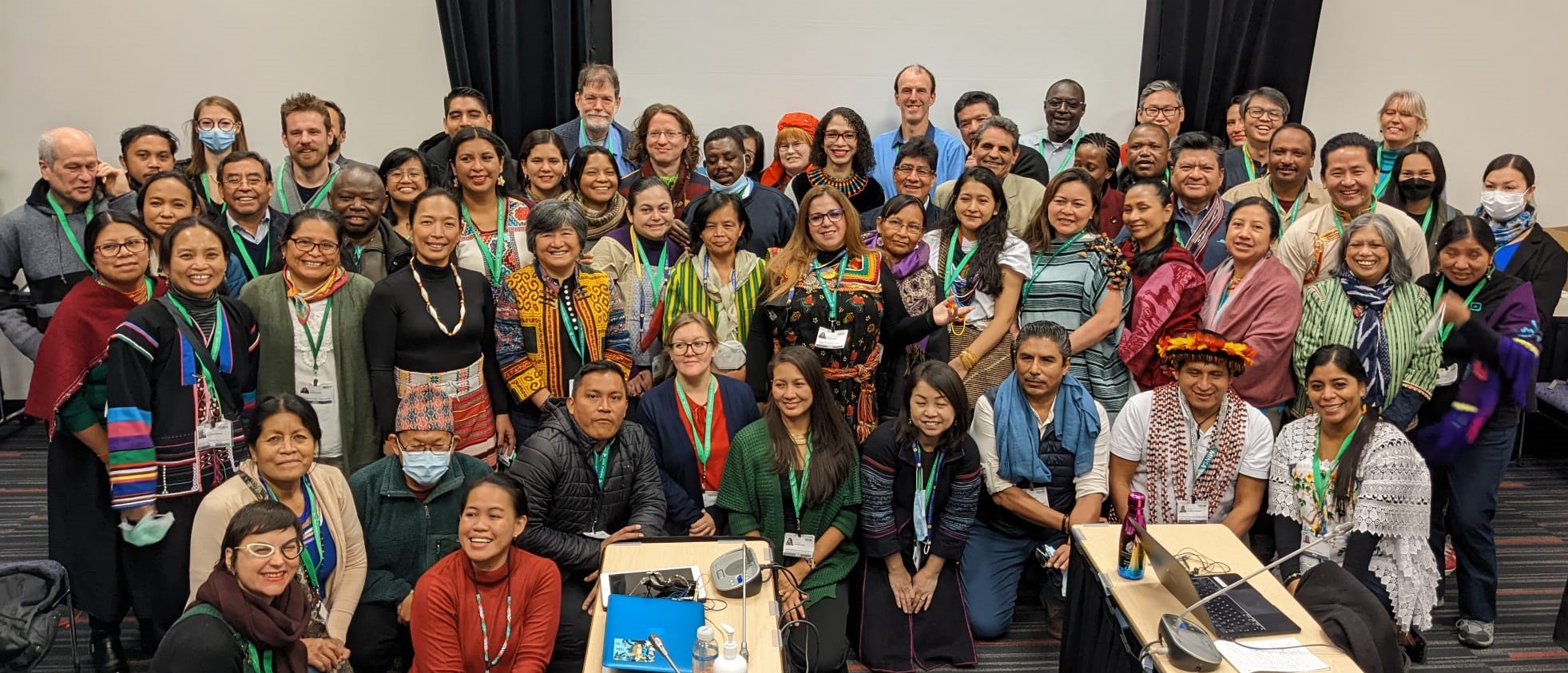
IIFB Indigenous caucus at COP15 in Montreal, Canada. Photo by Tom Dixon/FPP.
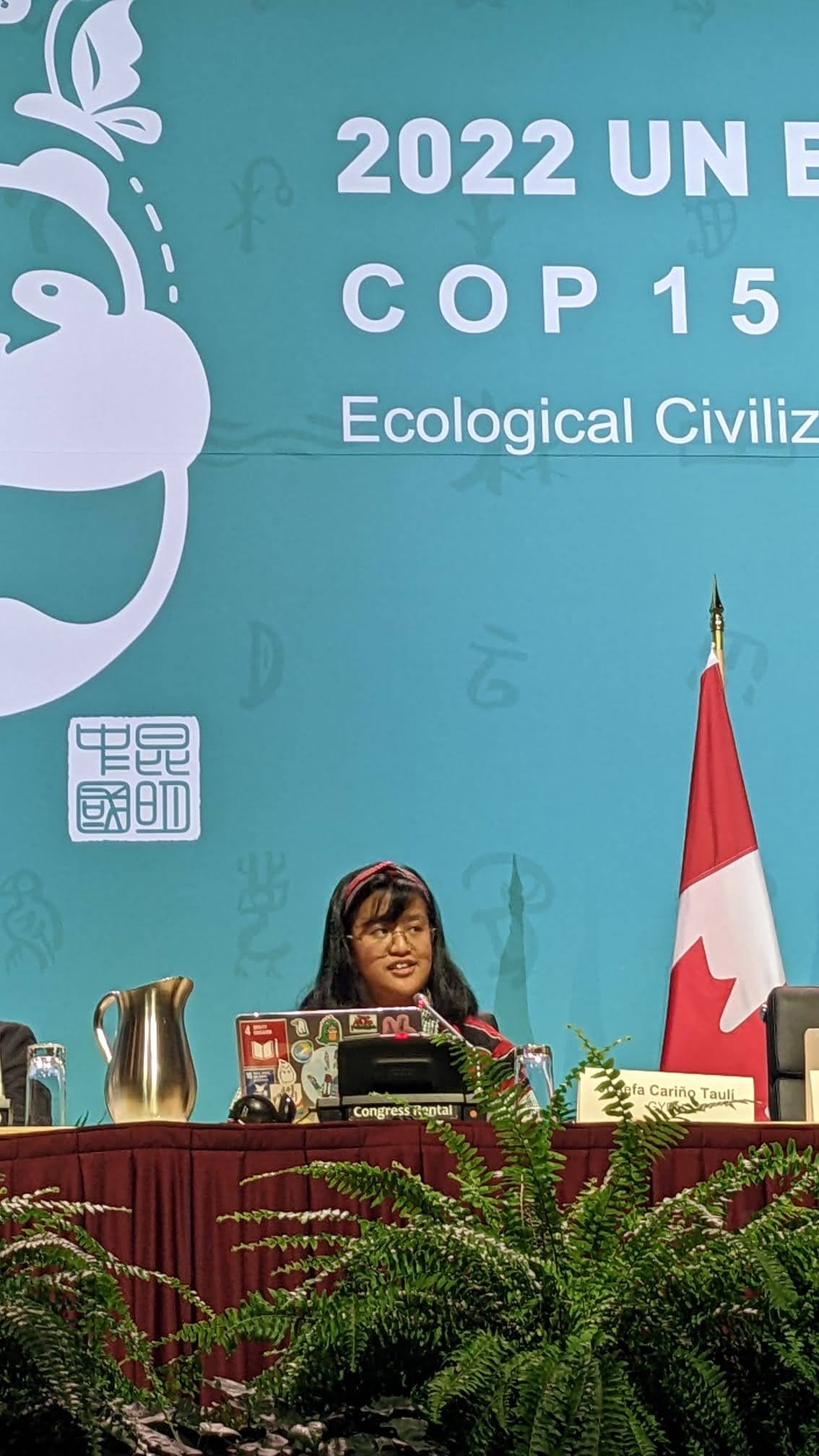
Josefa Cariño Tauli of the Global Youth Biodiversity Network speaks at the COP15 Nature and Culture Summit about the importance of addressing the loss of cultural diversity to address biodiversity loss. Photo by Tom Dixon/FPP.
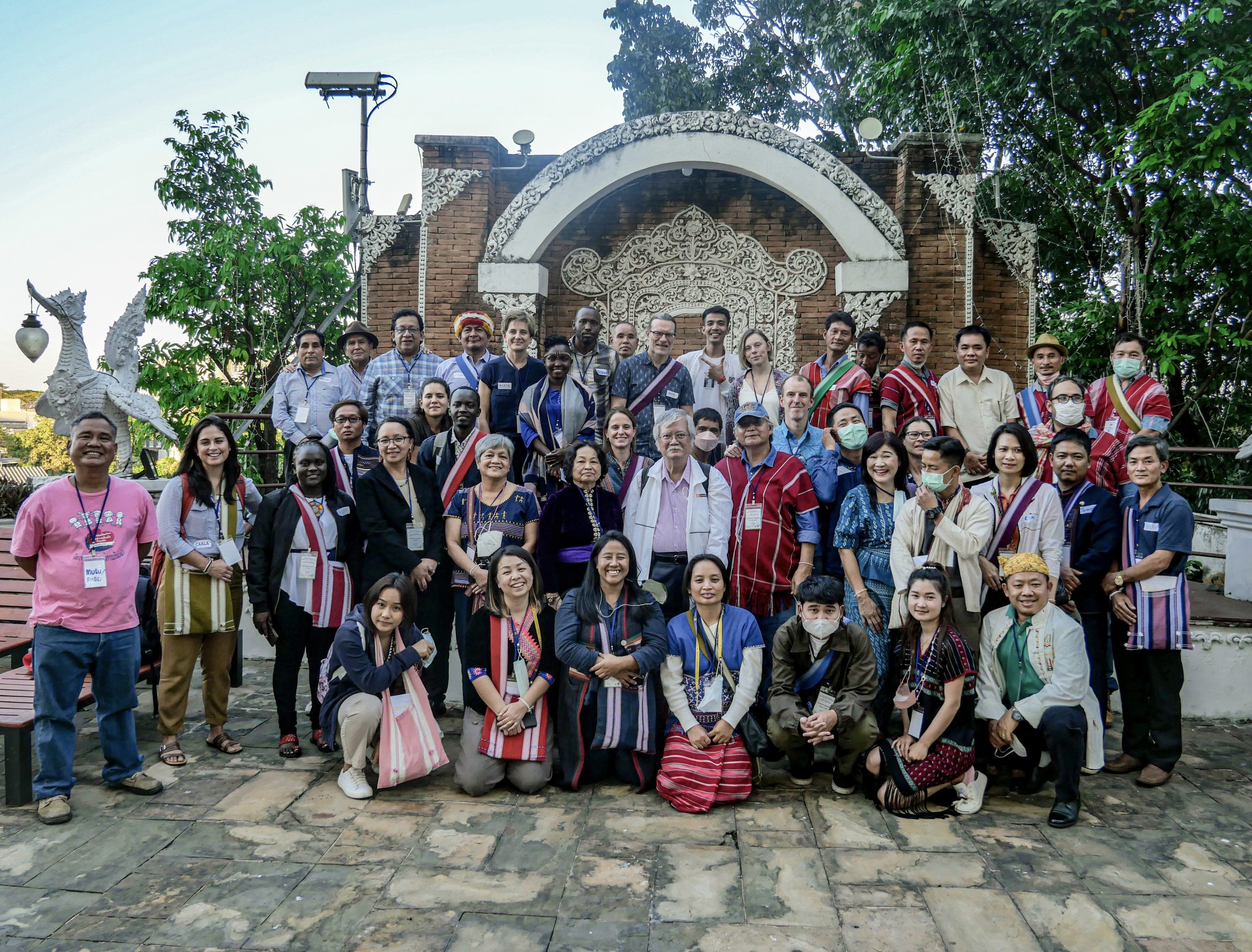
The Transformative Pathways consortium partners at the first in-person meeting of the project in February 2023, Thailand.
กิตติกรรมประกาศ
โครงการเส้นทางการเปลี่ยนแปลง ได้รับทุนสนับสนุนจากกระทรวงสิ่งแวดล้อม การอนุรักษ์ธรรมชาติและ ความปลอดภัยทางนิวเคลียร์ และการคุ้มครองผู้บริโภคแห่งสหพันธรัฐเยอรมัน (the German Federal Ministry for the Environment, Nature Conservation, Nuclear Safety and Consumer Protection – BMUV) ภายใต้แผนงานการปกป้องสภาพภูมิอากาศสากล หรือ International Climate Initiative (Internationale Klimaschutzinitiative;IKI).